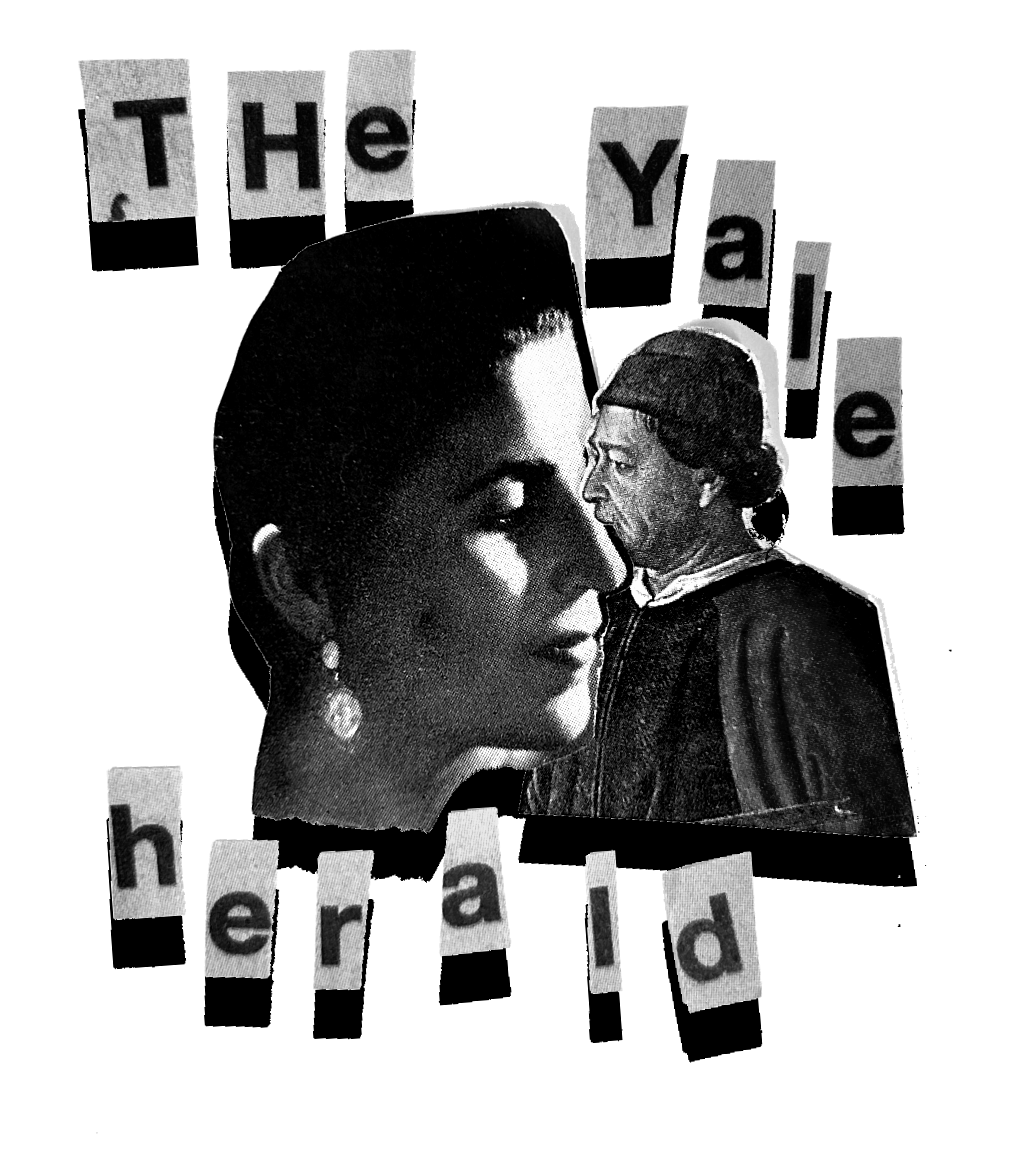I’ve been out on that open road. This was the first Lana Del Rey lyric I heard. I was fourteen, watching the music video of “Ride” from her album Born To Die, dreaming of the wilderness and freedom that could one day be mine. Lana plays a character—or maybe it’s just her being herself—who lives a nomadic life in the desert, spending her days on motorcycles and her nights dancing by campfires. I wanted to love something as hopelessly as Lana Del Rey’s Born To Die loved decadent men and the idea of America—both of which, I’d later learn, were better in theory than in practice.
“Ride” embodies the spirit of her early 2010s music, the “live fast, die young” spirit, as Lana would put it. I’d encountered that Lana Del Rey before the classics. I only started reading the Beat poets after hearing about them in her songs. Jack Kerouac and Allen Ginsberg were just like her, in a way: they wrote poetry based on their own thoughts and experiences, and they were controversial in their time. In fact, Ginsberg was deemed clinically mad and committed to an asylum for his poetry.
But doesn’t the same thing that makes “mad” art controversial also make it enticing? The lack of author/character or poet/speaker separation means that life could burn as fiercely as fiction, be it for better or worse. I still wonder if the things Lana wrote were true. Did she really travel through the desert on motorcycles with strangers? Which answer would I prefer? Even if it did happen, real-life could never be as intoxicating as Born To Die.
Our world never has the same intensity as Lana’s. Her music has taken a turn in recent years, almost as if the image of the open road has become more and more of a phantom to her as well. Since Chemtrails Over The Country Club, more of her songs have become quiet and contemplative, set in places like her apartment during quarantine, her childhood home, or her country club, rather than a wild westward road or the dark side of Old Hollywood. Her performances, previously known for their spontaneous tune changes and free use of her vocal range, have also started to stick more closely to the record. I feel bittersweet: I miss her reckless abandon, her cherry-colored fantasies, even if I can understand the descriptions of quarantine life in Blue Banisters more than I ever could Born to Die.
Now she seems to be reflecting on why she wrote her earlier love songs, pinpointing where the controversial part of her had come from. “Hope is a dangerous thing for a woman like me to have – but I have it” is the most confessional song she’s released: this time Lana is a woman in the contemporary world, free but never completely, falling in and out of love, holding out hope despite everything. She compares herself to Sylvia Plath in the song. Sylvia Plath is remembered for her poetry and her death, but Lana evokes the memory of Sylvia I’ve seen in the journals she religiously kept—the woman with more sides to her life than anyone could possibly see through her art.
In a way, Lana’s still expressing the same sentiments in different ways. Her songs are driven by the same urgency that drove her into the open road in search of something important. “There is a war in my mind,” she’d sang, as early as early as “Ride.” Back in the early 2010s, it sounded more rebellious than it did lonely.
In the winter of 2023, listening to the newly released “Did you know that there’s a tunnel under Ocean Blvd,” I thought that maybe a balance had been struck, that doomed love affairs could reconcile with the need to be understood. The real tunnel under Ocean Boulevard is an underground walkway, closed to the public since the 1960s. A temporary existence, a nostalgic place. Lana mentions the tunnel almost conversationally, in the same breath as “Love me, until I love myself.” She carries the same profound loneliness in her earlier work, and it’s somehow become even more haunting.
I was living on Richard-Lenoir Boulevard that winter, which happened to have a canal underneath it. It was invisible from my balcony, but if I walked down the entire street, in either direction, I’d see where the road turned into water. The river was longer than the boulevard. Lana’s open road had always been a metaphor, not a place, but as always, she made me nostalgic for something I never even had, as I stood at the edge of the road. We’re lonely but we get by. Art is a way to do so. So is love—whatever love means, whatever love has meant, throughout Lana Del Rey’s nine studio albums so far. I wonder where she’ll go next.




